Despite being Georgia’s epicentre of wine production, Kakheti offers much more than just endless vineyards and cool cellars. From the hidden valleys and towering peaks of Tusheti to the arid steppes in the south and her quaint provincial towns, Kakheti is an incredibly diverse travel destination ready to be thoroughly explored.
After spending more than six weeks in Georgia, I can safely say that Kakheti has cemented herself as my favourite region in the country. Often reduced to her (albeit significant) role in the Georgian wine industry, Kakheti, encompassing the entire east of the country, surprised me with a variety of scenery I’ve rarely seen anywhere else.
In the north, the jagged peaks of the Greater Caucasus soar to lofty heights and freezing streams gush from the perennial bedrock cutting deep rifts into rugged mountain sides; an ancient land where the shepherd still tends to his flock on the remote pastures of Tusheti, his simple life still bound to the change of season.
Down in the verdant lowlands, vineyards dominate the horizon. For an unbelievable eight thousand years, wine, Georgia’s main export and national beverage, has been cultivated, refined, and perfected on these plains, deeply engraining itself in the local and wider Georgian culture.
Look even further south and the arable land will soon wither, replaced by barren, inhospitable steppe. Beyond grape-laden vines, the land turns desolate, an empty place where the wind travels unhindered across a vast ocean of swaying culms and torrid soil until it reaches the otherworldly hills near David Gareja.
Add some of Georgia’s most gorgeous towns, a long and storied past, and magnificent cuisine (as everywhere in Georgia!) into the mix, and you’ve got yourself an absolute world-class travel destination.
All within 100 kilometres!
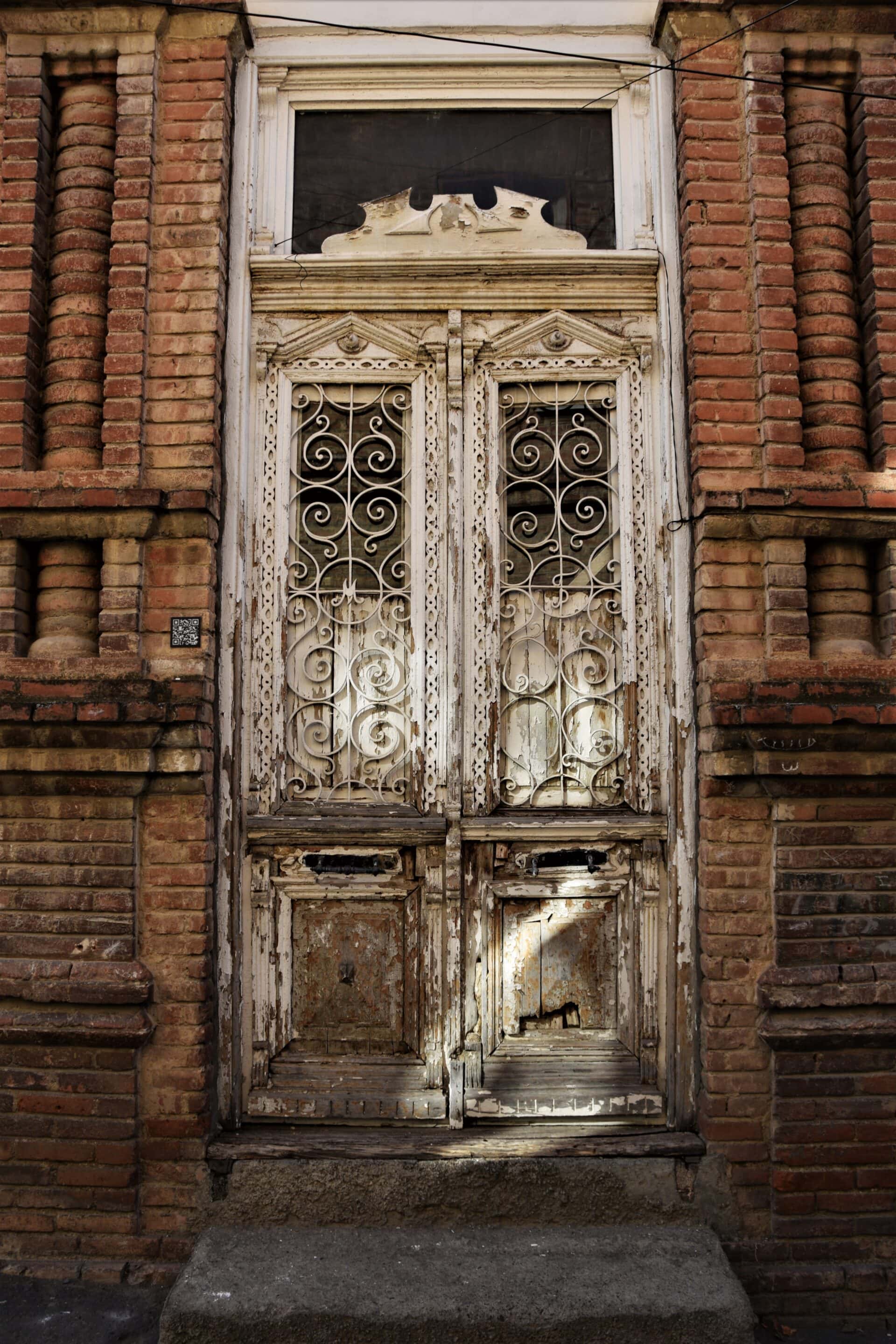
WHAT TO DO IN KAKHETI
LEARN ABOUT GEORGIA'S MOST INTOXICATING TRADITION
If we talk about Kakheti, we must first talk about her most famous commodity: wine.
Believed to be the cradle of wine cultivation (according to the lore, viticulture in the region started a whooping eight millennia ago!), Georgia’s unique relationship with the alcoholic beverage even sprouted the country’s native name Sakartvelo, the “Land of the Wine”, and is best explored by joining a wine tasting tour in one of the many vineyards sprinkled across the region.
The art of wine making differs greatly from the classic/European production method and you will hear and taste a great deal about the process, from the freshly picked grape to the final product exported to the world. Participating in such a boozy endeavour is much more than a cheeky way to justify pre-lunch drinking, however.
Wine is the very lifeblood of local culture and identity, and learning about Georgia’s most intoxicating tradition will open your eyes to the very soul of the country.
Also, if you get the chance to participate in the wine harvest, join in. The most authentic experience I had during my time in Georgia!

EXPLORE TELAVI | CAPITAL OF THE KAKHETI KINGDOM
Even though, Telavi is the administrative centre of Kakheti and boasts a rich history dating back to the Bronze Age, this charming provincial town feels somewhat overlooked, mainly frequented by those en route to Tusheti.
Serving as capital of the Kakheti Kingdom, Telavi transformed into one of the most important political and economic centres during Georgia’s golden age (12th-13th century), a status the once prosperous city, after a long period of decline, reclaimed under the reign of King Erekle II in the 18th century prior to the Russian occupation.
Artifacts covering the different epochs are now displayed in Batonis Tsikhe, the former castle and residence of the Kakheti kings, which features a lovely art gallery highlighting Georgian artists, as well as the reconstructed Persian-style palace of the royal family.
Telavi also offers a beautifully restored section of the old town, a perfect example of the local architecture, and more obscure sights such as the old cemetery, Gorijvari Church, or, if botany is your thing, a 900-year-old plane tree.
WHERE TO STAY
Tin-Tina Guesthouse | Quiet and comfortable guesthouse, with lovely and helpful owners, just a short walk from the city centre.
The rooms are spacious and clean, so are the shared bathrooms and the kitchen. There is also a light-filled common room with a couch and a table if you need to get some work done or just wanna hang out with other travellers.
Should you travel by bicycle or motorbike you can leave them in the courtyard in front of the house.

FEEL THE CAUCASUS MOUNTAINS IN TUSHETI
Tusheti is a stunning corner of the Caucasus few have ventured into. Connected to the outside world by a single, precarious dirt road, only traversable during the summer months, reaching this incredible destination is an adventure in itself.
However, for those who brave the dizzying journey into this remote region, beyond the perils of the road waits a spectacular mountain realm of striking summits, vast pastures, and pristine hiking (or horseback riding). Shaped by the elements and secluded from the modern world, it is a land of untamed beauty.
Although a small tourism industry has gained a foothold over the last few years, Tusheti has thus far managed to retain its rural charm and remains Georgia’s most isolated region.

SAUNTER THROUGH SIGHNAGHI
Perched on top a forested slope overlooking the Alazani valley, Sighnaghi is a sight to behold.
Pastel brick houses, sporting intricately carved balconies, hug the lush hillside, while pointy steeples jut out from an undulating sea of terracotta rooftiles and dominate the panorama. Pedestrians saunter down tranquil cobblestone streets (if you ignore the odd quad bike blaring through) and along ancient fortifications or treat themselves to a tasty glass of Saperavi in one of the many terrace bars facing the might front of the Caucasus claiming the horizon.
Indeed, it would be challenging to find a more enchanting and romantic town in all of Georgia. Not beyond reason then, many an enamoured couple journeys to the “City of Love” to say their vows and celebrate their liaison.
WHERE TO STAY
Nato and Lado Guesthouse | Hands down one of the greatest guesthouses I have ever stayed at! Run by the wonderful Nato and her husband Vako, they took me right in and made truly feel like I was part of the family (I spent nearly two weeks there due to an injury).
They also organise tours and communal dinners for their guest, and if you come at the right time (mid to end of September), you might even be able to join in the wine harvest at their very own vineyard (and the susequent Georgian supra!)!
If you wanna experience Georgian hospitality at its finest, this is the palce to be.


WITNESS DAVID GAREJA MONASTERY AND THE SOUTHERN STEPPES
Clinging to the Georgian-Azeri border, David Gareja is not only one of the most important religious sites in the country but the oldest monastery in all of Georgia!
Founded in the 6th century CE by David Garejeli, one of the 13 Assyrian Fathers, the stunning complex consists of hundreds of chambers, living quarters, chapels and other hollows hewn into the rockface, many of them adorned with century-old murals. Unfortunately, the area has been subject to an ongoing border dispute between the two former Soviet republics, and some parts of David Gareja are not accessible at the moment (September 2022).
What makes the visit even more spectacular, however, is the encompassing steppe. Endless grasslands stretch for miles, the billowing ocean only disrupted by dried up salt lakes, multi-coloured rock formations, and lonesome trees braving the gales sweeping across these badlands.
A very different vibe to the rest of Kakheti.
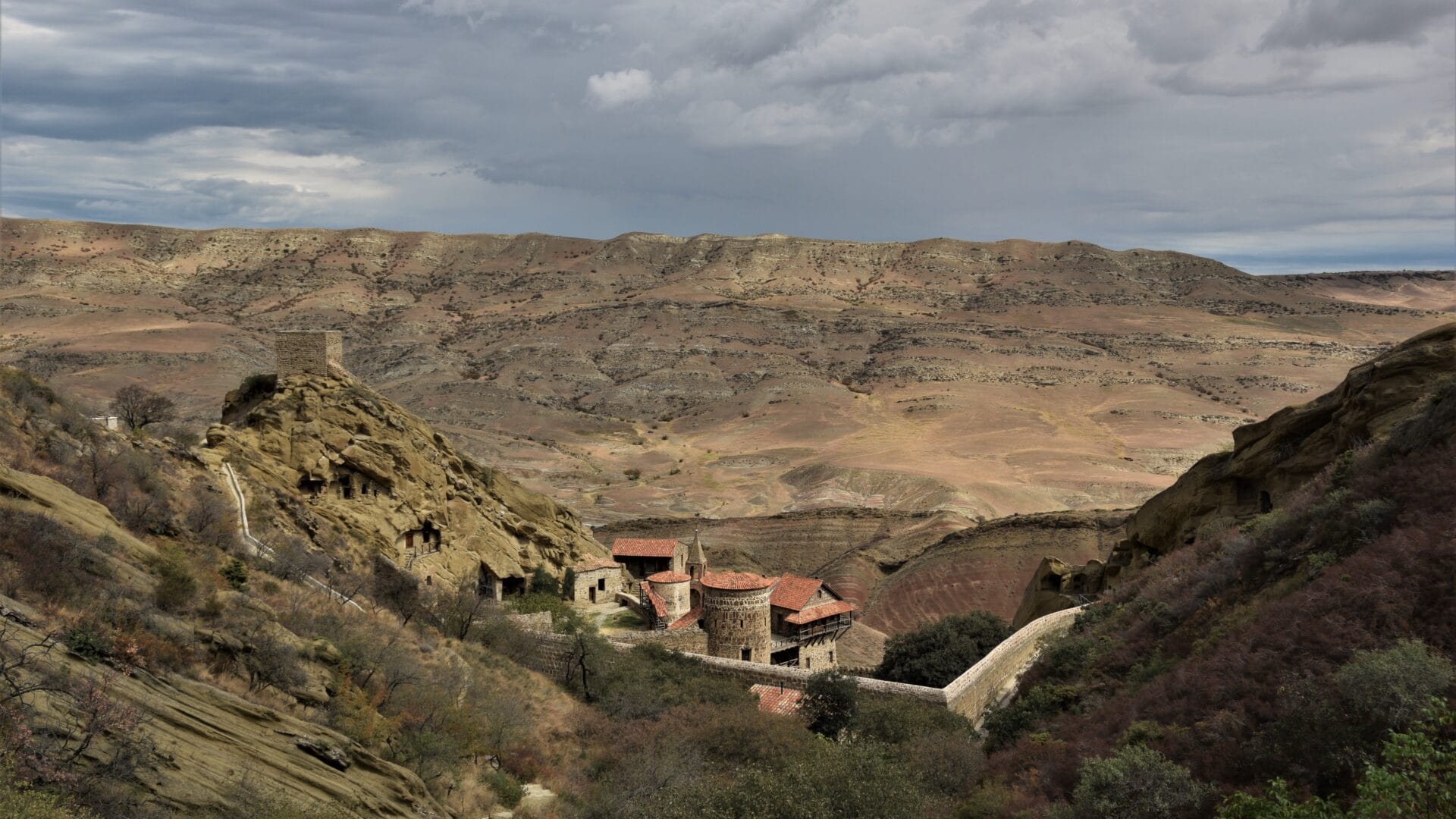
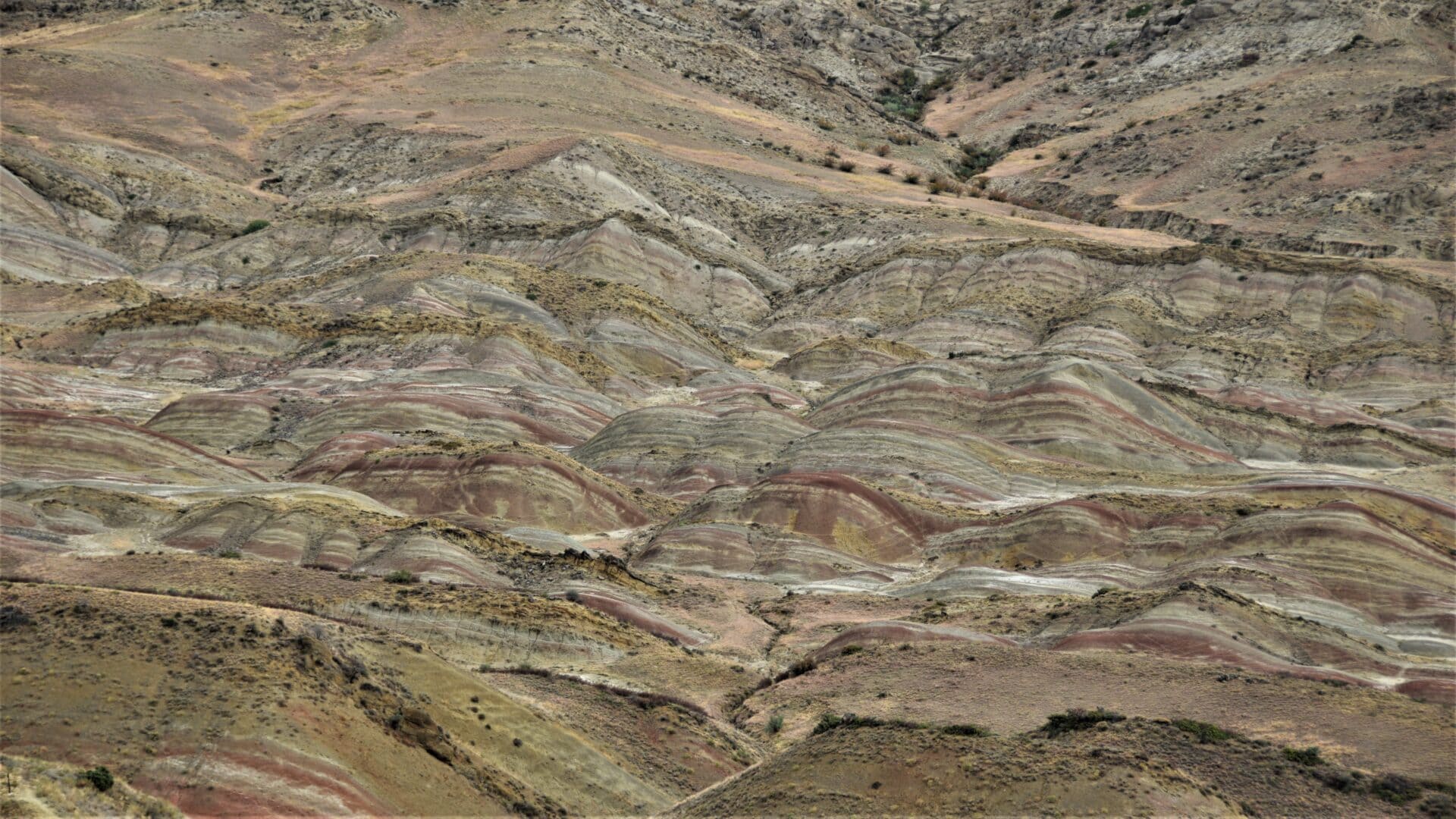
MARVEL AT MEDIEVAL VESTIGES AT MANAVI CASTLE
Towering above the main highway between Sighnaghi and Tbilisi, at first sight, Manavi Castle might seem dismissible. In true castle fashion, the ruins appear vastly more impressive from afar than up close, and bar a few crumbling sections of the outer wall and a couple reconstructed chapels, there is not much to write home about.
However, amidst the withered grass and parched bushes, scattered around the bailey lie about a dozen medieval tomb stones. Possibly dating back to the 11th century, they are embellished with ancient Georgian script and intricately chiselled carvings of noblemen and women (some in better shape than others).
The fact that these mesmerising vestiges are just resting there, forever exposed to the elements, boggles my mind!
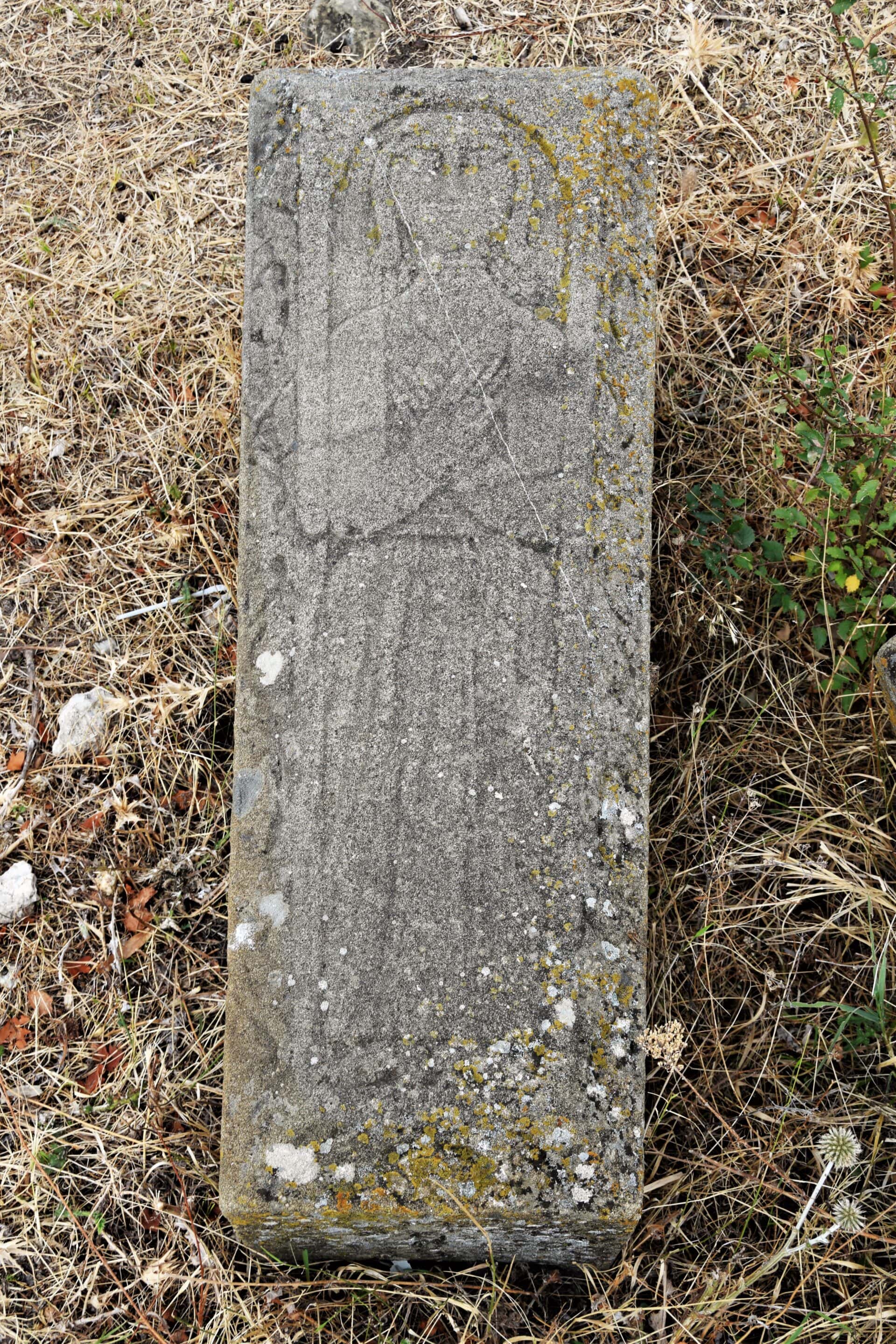
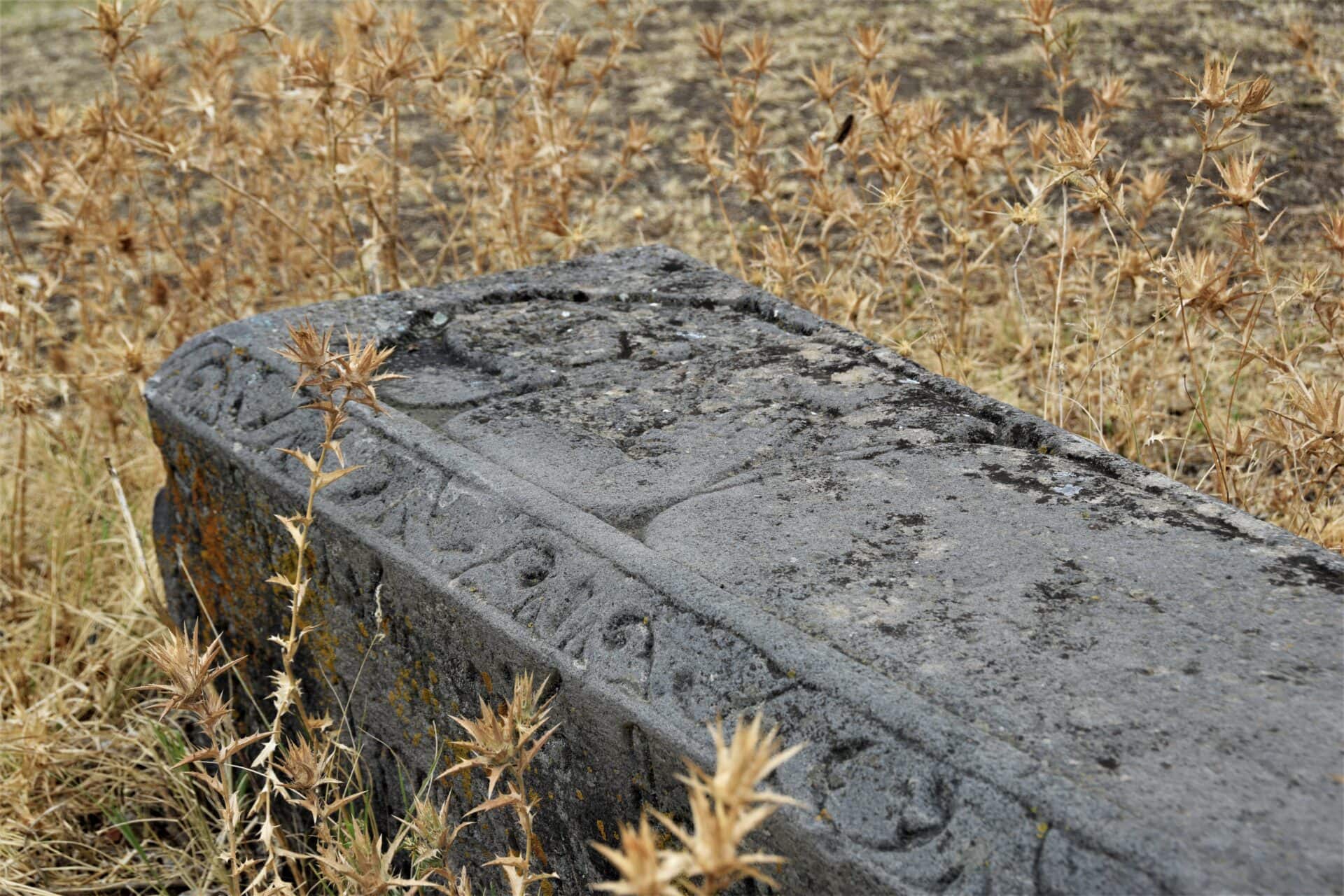
VISIT AN ORTHODOX MONASTERY
As one of the first nations to adopt Christianity as state doctrine (scholars are yet to determine whether Georgia or Armenia was the foremost region to officially venerate Christ), the abundance of religious sites in Georgia fails to surprise.
During my time in Kakheti, I ended up visiting two monasteries: Nekresi and Bodbe.
While Nekresi stands proudly as one of the oldest sanctuaries in the country (6th century CE), Bodbe holds a very special place in Georgian tradition. According to legend, the sacred site is the resting place of St. Nino, a Roman woman said to have converted the royal family of (Caucasian) Iberia to her foreign faith, thus setting in motion the Christianization of the entire region. To this day, she remains one of the most revered saints in the Georgian-Orthodox church.
Unsurprisingly, Bodbe monastery has become one of the most important pilgrimage sites in the country and one of the main tourist draws in Sighnaghi, not only owing to her spiritual significance but the beautiful gardens and fabulous frescoes, too.
